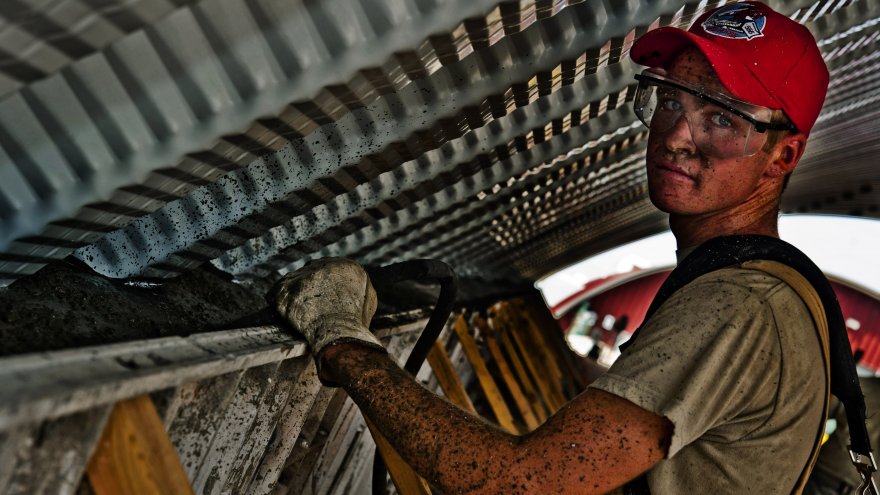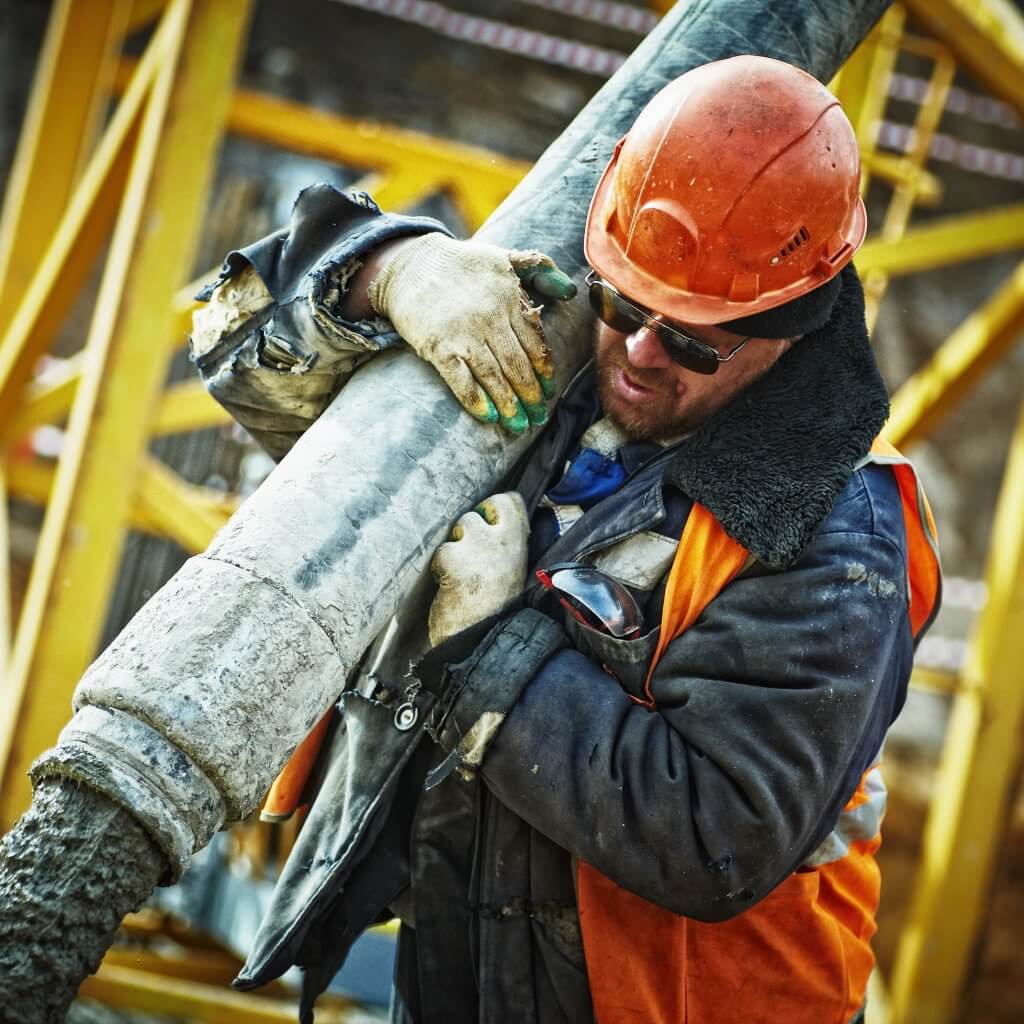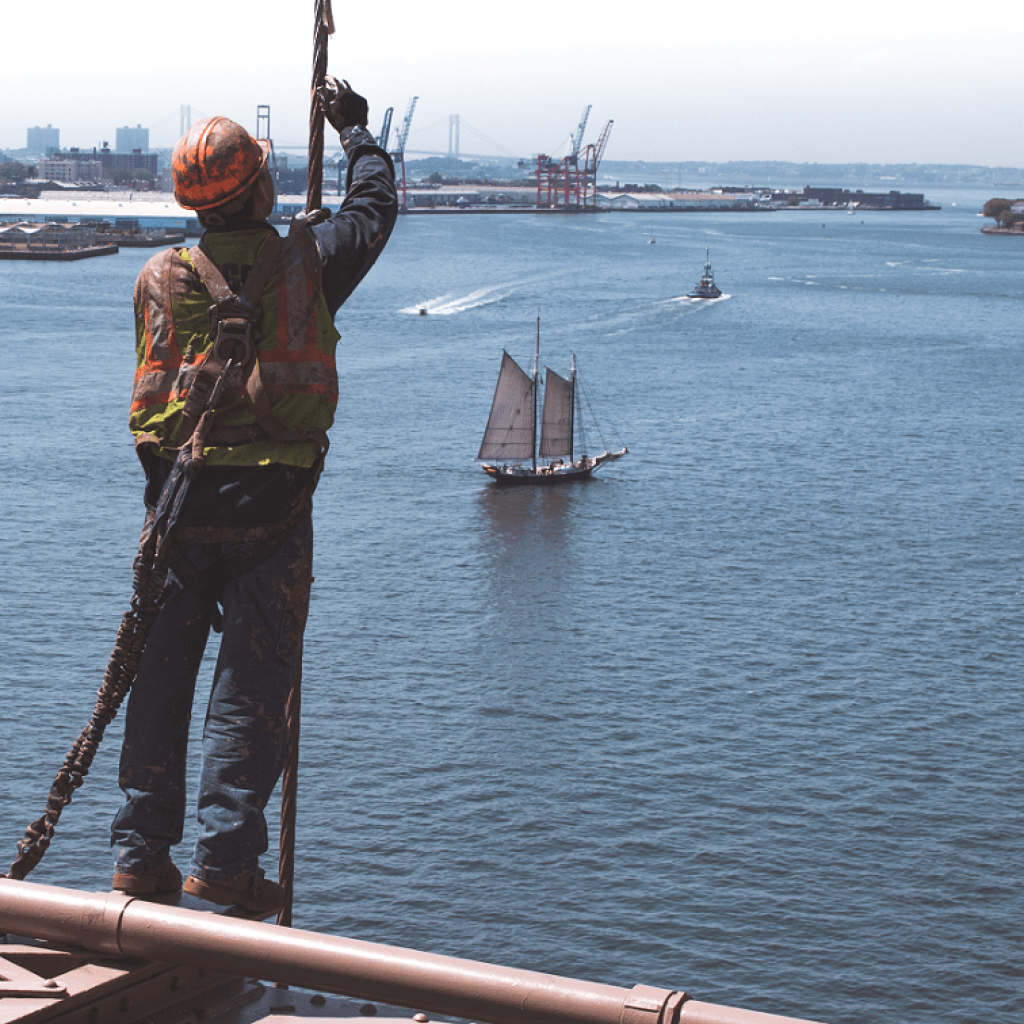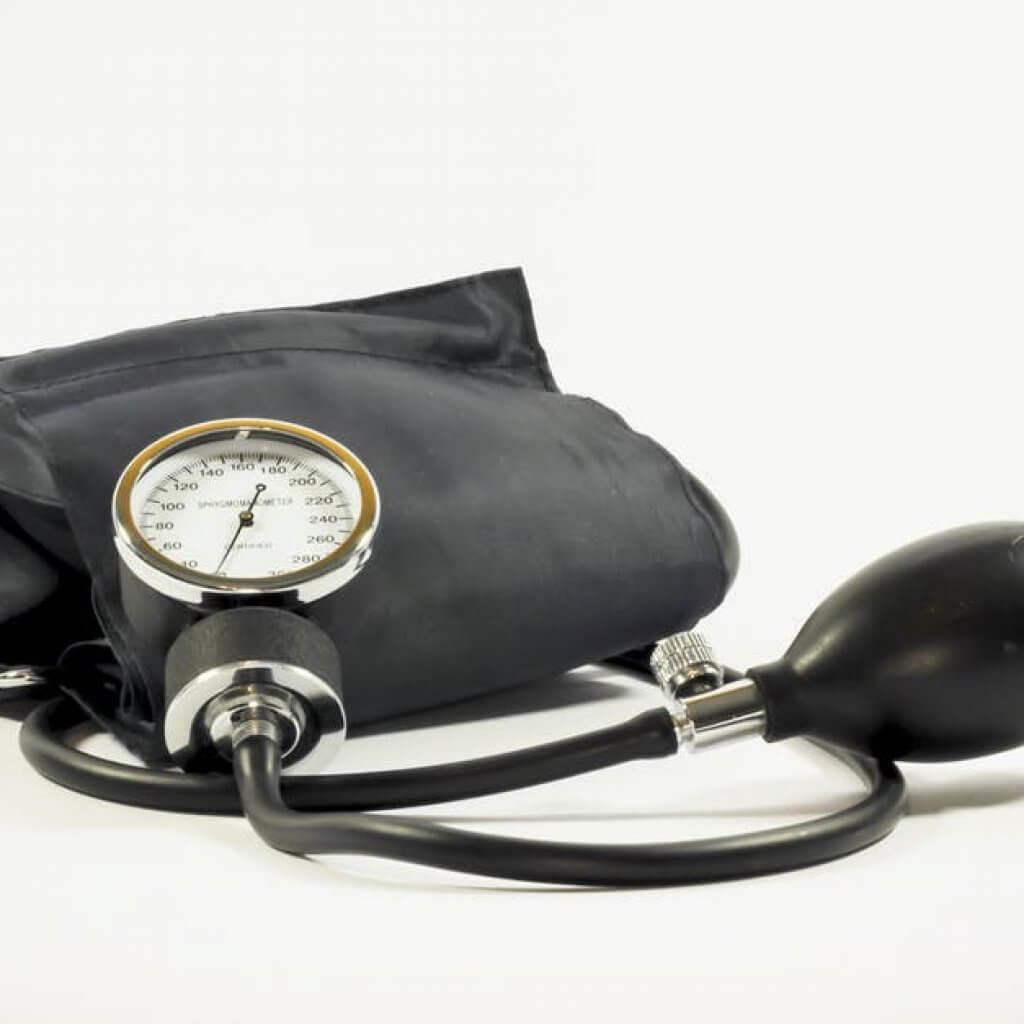Thoughts on Working and Running

For many of us, a lunch-time run brings a welcome respite from an 8-hour desk job. Sitting is, after all, regarded as the new smoking, right? And while the health impacts of working a desk job are less than rosy, extended periods of sitting can certainly make it easier to clock some long-running miles before or after work.
Runners working a physically demanding job are, however, not so lucky. Because churning out miles after a hard day of physical labor requires an extra large helping of commitment and effort. And, in addition, logging high mileage on already tired legs may lead to burnout and even injury.

So what exactly is the consensus on working and running? Does a physically demanding job replace the need for additional leisure-time movement? And is it possible to keep on running and working a physically demanding job without risking injury or burnout? Let’s hear what the research has to say.
Can Occupational Physical Activity Replace Leisure-Time Exercise?
The first question that pops to mind, is whether leisure-time exercise is necessary when working a physically demanding job. Doesn’t physical exertion on the job provide all the proven benefits of leisure-time exercise, thereby replacing the need for it? According to the results of a few recent studies, the surprising answer is “no”.

A 2013 study found that hard manual labor may harm more than helpful when it comes to heart health. This study looked at data from 23 different epidemiological studies that involved a combined 790 000 adult participants. Approximately 22 000 cases of cardiovascular disease were identified during the study’s follow-up.
Not surprisingly, moderate to high levels of physical activity during leisure time were associated with a moderate reduction in the risk for cardiovascular disease (CVD). Moderate to high levels of occupational physical activity, on the other hand, were found to show a slightly increased risk of CVD. The study concluded that “the role of occupational physical activity in CVD prevention is [therefore] questionable”.
The study team offered the following potential explanations for this rather surprising finding:
- Hard physical labor at work generally involves repetitive lifting, bending and awkward postures. Leisure-time physical activity, on the other hand, often involves numerous large muscle groups and leads to increased whole-body metabolism and cardiac output.
- Leisure-time exercise sessions are usually shorter when compared to high levels of physical activity at work.
- Athletes have the option of resting and taking extended breaks mid-workout, while laborers often don’t.

A second study, presented by representatives of Harokopio University at the annual EuroPRevent 2013 meeting, also concluded that workers in labor-intensive occupations show a higher incidence of heart events. This study looked at 500 individuals who have a stroke and a heart event, respectively, plus 500 healthy controls. All study participants ranked their jobs based on how physically demanding it was. The study findings state that more labor-intensive occupations were associated with a higher rate of heart incidents. Each unit drop in ranking of physical intensity also led to a 20% smaller chance of having a heart event.
It is therefore clear that occupational physical activity alone is not regarded as providing the same heart-health benefits as a leisure-time activity.
Other Possible Explanations for and Contributors to This Phenomenon
And while this can be bad news for physical laborers, it’s important to have a closer look at these findings.
A 2012 study by a team from Belgium looked at the blood pressure of 182 workers. It was found that study participants with (self-reported) high levels of occupational physical activity, plus those who often lifted heavy loads at work, had a higher mean systolic blood pressure.
The opposite was, however, found for participants engaging in moderate to vigorous leisure-time physical activity. The study concluded that workers who reported static occupational physical activity (like lifting and working with the hands above shoulder level) tend to have a higher daily systolic BP. (This is in contrast to workers performing dynamic movements involving more of the larger muscle groups.)
So while this study has its shortcomings, it sheds more light on the connection between occupational physical activity and CVD.

However, in order to get a bigger picture, a number of other factors also need to be considered. Like, for example, the general lifestyle choices of manual laborers vs. individuals who engage in leisure-time exercise. Those who exercise in their spare time tend to make better lifestyle choices throughout the day.
This includes following a more nutritious diet and not smoking. These lifestyle choices may make a significant positive contribution to these individuals’ heart health. In addition, manual labor jobs generally pay less than office jobs, which means that manual laborers may have less access to good quality preventative health care.
The Bottom Line
It is clear that a physically demanding job that requires lots of lifting and working with the hands above shoulder level does not provide the same health benefits as leisure-time physical activity. It is, however, a good idea to discuss this issue and your situation with your caregiver before diving head first into a strenuous leisure-time training program. Such as for example, working and running.
Following a rigorous training program in addition to working a physically demanding job brings with it a whole new set of risks and potential issues, which is best tackled under the close guidance of a suitably qualified professional.
Sources
- , Working Too Hard? Physically Demanding Jobs Tied to Higher Risk of Heart Disease, Online publication
- , Activity on the Job Might Not Help Your Health, Online publication
- , Heavy Manual Labor, Not Leisure-Time Exercise, Tied to AF Risk, Online publication
- , Physical activity and risk of cardiovascular disease: what does the new epidemiological evidence show?, Scientific journal
- , Occupational and leisure time physical activity in contrasting relation to ambulatory blood pressure, Scientific journal
Latest Articles
 Is Running on a Treadmill Easier Than Running Outside?Runners have their own preferences, whether it is treadmill running, running outside on the road, or exploring trails. So...
Is Running on a Treadmill Easier Than Running Outside?Runners have their own preferences, whether it is treadmill running, running outside on the road, or exploring trails. So... Is It OK to Use Trail Running Shoes on the Road?While trail running shoes can be used on roads, especially in situations where a runner encounters mixed terrains or pref...
Is It OK to Use Trail Running Shoes on the Road?While trail running shoes can be used on roads, especially in situations where a runner encounters mixed terrains or pref... How to Fix Sore Quads After Running?Rest, ice, gentle stretching, and over-the-counter pain relievers can help soothe sore quads after running. Also, ensure ...
How to Fix Sore Quads After Running?Rest, ice, gentle stretching, and over-the-counter pain relievers can help soothe sore quads after running. Also, ensure ... 10 Fruits With The Most Electrolytes to Replace Sports DrinksThese fruits are high in electrolytes such as potassium, magnesium, and calcium, essential for hydration, muscle function...
10 Fruits With The Most Electrolytes to Replace Sports DrinksThese fruits are high in electrolytes such as potassium, magnesium, and calcium, essential for hydration, muscle function...

